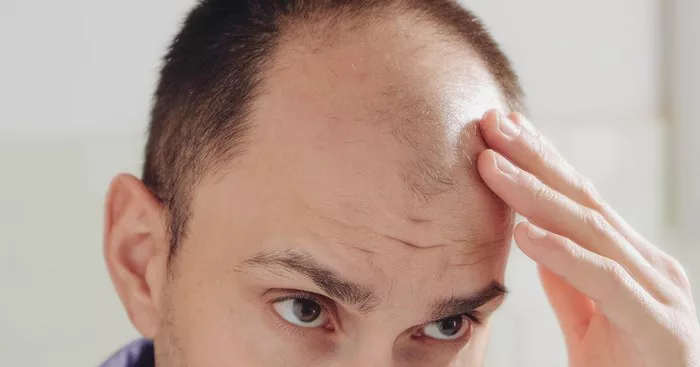A recent study has demonstrated that combining platelet-rich plasma (PRP) with traditional medications, including minoxidil and finasteride/spironolactone, can improve the success of hair transplantation for patients with androgenetic alopecia (AGA). Research into PRP’s potential to stimulate hair growth has been ongoing since 2006, and it is now a commonly used treatment in clinical settings. Currently, minoxidil and finasteride (for men) remain the only FDA-approved treatments for AGA.
According to the study’s authors, PRP enhances the transplanted area’s microenvironment by promoting cell growth, preventing cell death, and fostering new blood vessel formation. These factors help the transplanted hair follicles thrive and stimulate new hair growth within three months. Additionally, PRP reactivates dormant follicles, encouraging them to grow.
The prospective clinical trial, conducted from August 2019 to December 2022, involved 30 patients aged 20 to 50. Participants were divided into two groups. The experimental group, consisting of 11 males and 4 females, received both drug therapy and PRP injections alongside hair transplantation. The control group, comprising 13 males and 2 females, only received drug therapy combined with the procedure.
Drug therapy involved oral spironolactone or finasteride, alongside topical minoxidil. Male patients received 1 mg of oral finasteride daily, while females took 20 mg of spironolactone twice a day. Minoxidil was applied once daily in the first week, increasing to twice daily thereafter. The hair transplantation used the follicular unit extraction (FUE) technique, known for its minimal trauma, quick recovery, and lack of linear scarring. The experimental group also received 15 mL of PRP prior to follicular extraction, with additional PRP injections at one and two months post-surgery, achieving a final PRP concentration five times higher than the patient’s baseline platelet count.
Hair loss was assessed preoperatively using the Norwood-Hamilton scale for males and the Ludwig scale for females. The average grade for males in both groups was 4, while the experimental female group had a median of 1 and the control group a median of 2. There were no significant differences in baseline characteristics between the two groups.
Before surgery, no differences were observed between the groups in terms of preoperative results or the number of follicular units transplanted. However, after the procedure, the experimental group showed significantly better results, with higher follicle survival and growth rates, as well as stronger hair.
Three months post-surgery, follicle survival was 88.42% in the experimental group compared to 78.24% in the control group (p = 0.001). At six months, the survival rates were 82.17% and 74.01%, respectively (p = 0.002). The experimental group also saw faster initial hair growth, with an average of 17.67 days compared to the control group’s 20.07 days.
A traction test conducted at the three-month mark revealed stronger hair in the experimental group, with 13 patients showing negative results and 2 positive. In contrast, 8 control group patients were negative, and 7 were positive (p = 0.046).
Postoperative complications were reported in both groups, including bruising, pain, and hair curling. The experimental group also experienced transient itching at the surgical site, while a control group patient developed folliculitis.
While these results are promising, the study notes that there is no consensus on the optimal PRP platelet concentration or treatment protocols, such as the open versus closed methods. As a result, further research, including large-scale, multicenter, randomized controlled trials, is necessary to better understand PRP’s therapeutic effects in hair transplantation.
Related topics:
- Using Peppermint Oil for Hair Growth: What Experts Say
- Myth or Reality: Can Fresh Aloe Vera Gel Regrow Hair?
- Hair Enhancements Honors Cancer Warriors and Supports Women in Need


